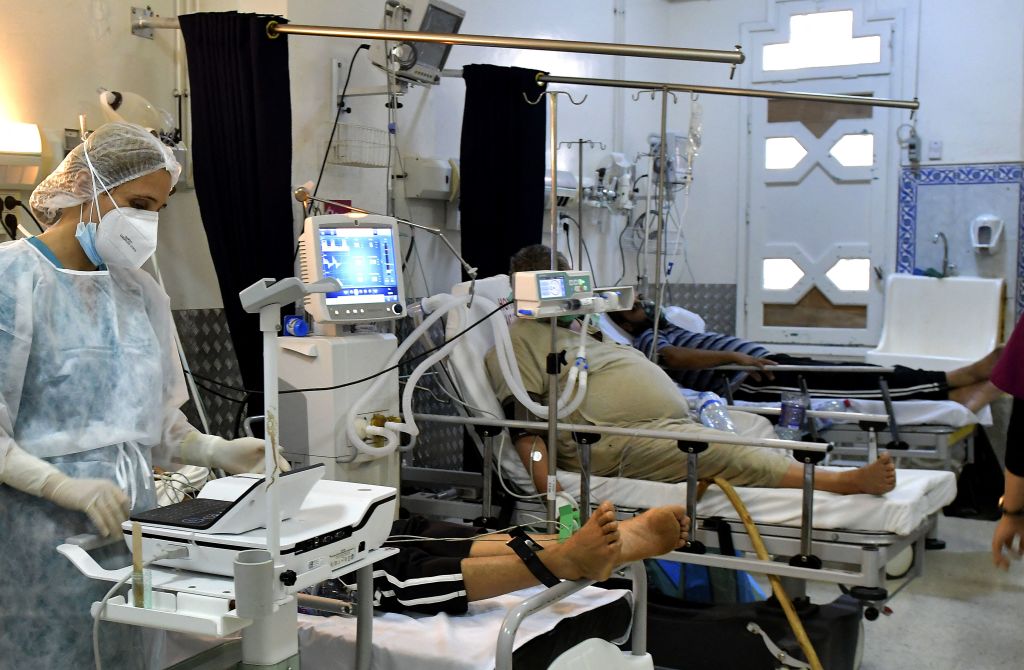ADF STAFF
China reported two new COVID-19 omicron variants known as BA.5.1.7 and BF.7 in early October. The variants spread quickly after first being detected in Northwest China’s Inner Mongolia Autonomous Region, Chinese officials said.
By late October, the highly transmissible variants had spread to Bangladesh, Belgium, Denmark, France, Germany, Singapore, the United Kingdom and the United States. By then, BF.7 was labeled a “variant of concern” by the World Health Organization.
BF.7 comes with more mutations in its spike protein, according to thehealthsite.com. Spike proteins are bits of material the virus uses to pry open human cells so it can slip inside and begin replicating.
The new variants, as well as subvariants known as BQ.1.1, BQ.1, BQ.1.3, BA.2.3.20 and XBB are among the fastest-spreading omicron lineages. Based on U.K. data, the BQ variants, and BA.2.75.2 and BF.7, are among the most concerning variants due to their growth advantage and immune evasiveness, Bloomberg reported.
According to an October 28 report by Nature magazine, the BQ variants were driving infections in Nigeria, South Africa and other parts of the continent.
Dr. Bernadette Boden-Albala, director and founding dean of the program in public health at the University of California Irvine, said she worries that the new variants might increase the number of COVID-19 hospitalizations and deaths.
“The subvariants we have experienced to date are derived from the omicron lineage, so it appears to cause less severe disease, but the difference is that they have a mutation in the receptor binding domain that allows it to pass through our primary line of immune defense,” Boden-Albala told everydayhealth.com. “You may feel the symptoms of COVID-19 much faster after exposure. Going forward, the hope is that new variants will also be associated with less severe disease, but it’s not a guarantee.”
As the virus mutates, it causes different symptoms. In the early days of the pandemic, loss of smell, shortness of breath and fever were the most prominent symptoms. As BA.5.1.7 and BF.7 and other variants spread, the most common reported symptoms are sneezing, sore throat, runny nose, blocked nose, persistent cough and headache, according to the U.K.-based Zoe Health Study.
“It is not entirely clear why this shift in symptoms is occurring, but the Zoe data are consistent with what many of us clinicians are seeing in our patients with COVID-19 infection over the past few months,” Dr. Dean Winslow, an infectious disease specialist and professor of medicine at Stanford University, told everdayhealth.com.
Although symptoms are changing, experts say the best ways to prevent the spread of COVID-19 remain the same, including wearing a mask properly, practicing social distancing, and avoiding poorly ventilated areas and crowds.

